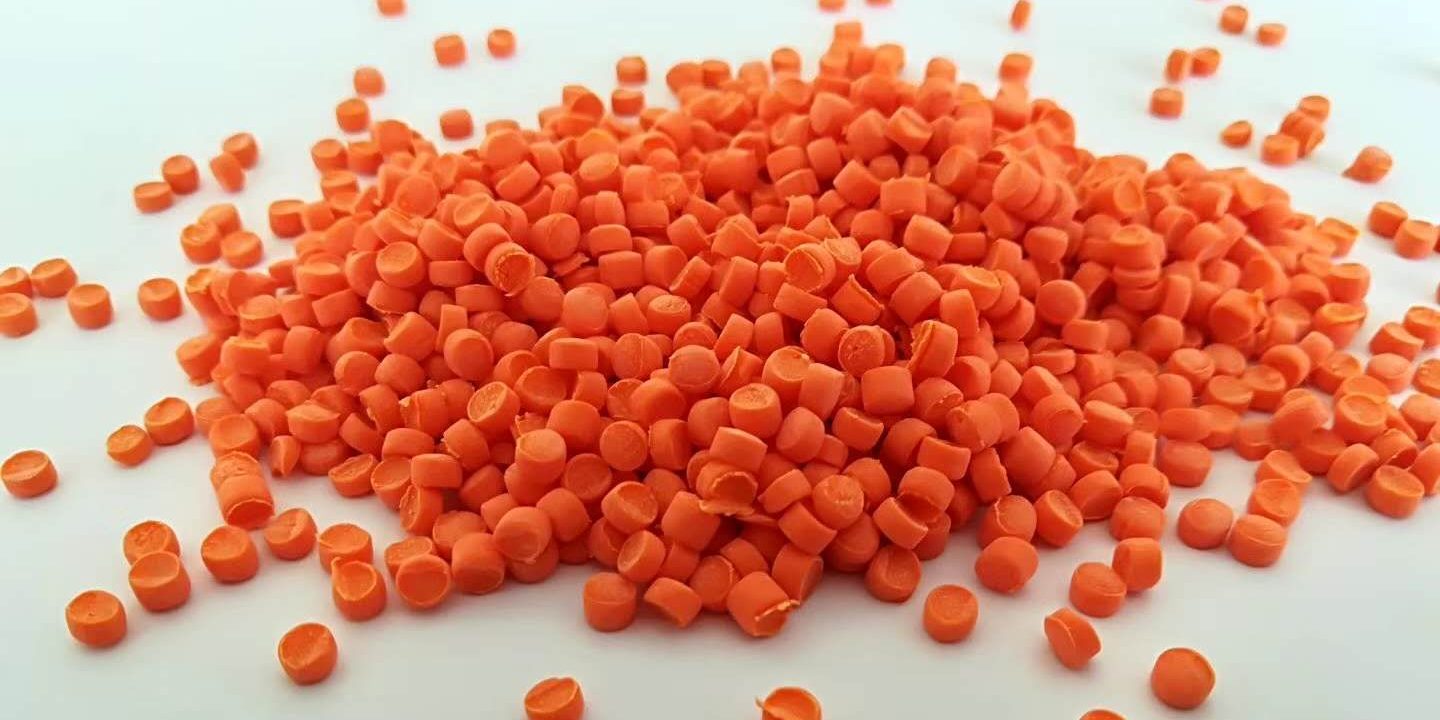Applications of TPE (Thermoplastic Elastomer) in Cables
Applications of TPE (Thermoplastic Elastomer) in Cables
Thermoplastic Elastomer (TPE) is widely used in cable manufacturing due to its unique combination of elasticity, durability, and ease of processing. TPE is often used in various parts of cables, including the outer jacket, insulation, and sheathing, because of its superior mechanical properties, flexibility, and resistance to environmental factors. Below are the key areas where TPE is used in cables:
1. Cable Jackets and Sheaths
TPE is commonly used for the outer jacket or sheath of cables, particularly in power, automotive, and flexible cables. The jacket provides protection against physical damage, environmental stress, and abrasion.
Key Benefits of TPE Jackets and Sheaths:
- Flexibility: TPE offers excellent flexibility, which allows cables to bend without cracking or losing functionality, making them ideal for applications requiring movement or tight spaces.
- Tensile Strength: TPE jackets generally have a tensile strength range of 15-40 MPa, ensuring they can withstand mechanical stress without breaking.
- Weather Resistance: TPE is resistant to UV radiation, ozone, and harsh weather conditions, providing long-term protection in outdoor environments.
- UV Resistance: TPE can withstand prolonged exposure to UV light, offering a weatherability index of 2-4 (on a scale of 1-5).
- Low Temperature Flexibility: TPE maintains its flexibility even at low temperatures, which is crucial for outdoor and industrial cables.
- Operating Temperature Range: TPE jackets can typically operate in temperatures ranging from 40°C to +90°C.
| Property | Measurement | Benefit |
|---|---|---|
| Tensile Strength | 15-40 MPa | Provides mechanical protection and strength |
| UV Resistance | Weatherability index: 2-4 | Ensures durability in outdoor environments |
| Operating Temperature | -40°C to +90°C | Maintains flexibility in extreme temperatures |
2. Insulation
TPE is also used as insulation in cables, particularly in applications requiring high flexibility and resistance to environmental degradation. TPE insulation is highly effective in preventing electrical short circuits and ensuring signal integrity.
Key Benefits of TPE Insulation:
- Electrical Insulation: TPE offers excellent dielectric properties, which help to prevent short circuits and electrical failures.
- Dielectric Strength: TPE typically has a dielectric strength of 20-30 kV/mm, which ensures effective electrical insulation.
- Chemical Resistance: TPE insulation provides resistance to a wide range of chemicals, including oils, acids, and solvents, making it suitable for industrial cables that operate in harsh environments.
- Chemical Resistance: TPE's resistance to chemicals is typically rated between 20-40% depending on the specific formulation.
- Environmental Resistance: TPE resists moisture, ozone, and chemical exposure, providing enhanced protection in underwater, underground, and industrial applications.
- Water Absorption: TPE typically absorbs less than 0.5% water, which ensures long-lasting insulation performance.
| Property | Measurement | Benefit |
|---|---|---|
| Dielectric Strength | 20-30 kV/mm | Provides high electrical insulation |
| Chemical Resistance | Rated 20-40% depending on formulation | Offers protection against oils and solvents |
| Water Absorption | <0.5% | Ensures long-term performance in moisture-rich environments |
3. Flexible Cables
TPE is commonly used in flexible cables, such as those found in robotics, automation, and moving machinery. The material's flexibility allows these cables to withstand repeated bending and movement without compromising their performance.
Key Benefits of TPE in Flexible Cables:
- Flexibility: TPE is ideal for cables that require frequent movement or bending. The flexibility of TPE ensures the cable will not crack or break under repetitive bending, making it a suitable choice for industrial and robotic applications.
- Flexural Endurance: TPE offers a flexural endurance of over 10 million bending cycles, ensuring durability even in highly dynamic applications.
- Abrasion Resistance: TPE provides excellent resistance to abrasion, ensuring that cables remain intact even in environments with constant friction.
- Abrasion Resistance: TPE offers abrasion resistance levels of >2000 cycles as per the DIN EN 50363 standard.
| Property | Measurement | Benefit |
|---|---|---|
| Flexural Endurance | >10 million bending cycles | Suitable for dynamic and repetitive movements |
| Abrasion Resistance | >2000 cycles (DIN EN 50363) | Ensures durability in high-friction environments |
4. Medical and Low-Voltage Cables
TPE is also used in medical cables and low-voltage power cables where biocompatibility, low toxicity, and safety are important.
Key Benefits of TPE in Medical Cables:
- Biocompatibility: TPE can be formulated to meet biocompatibility standards, making it suitable for use in medical cables that come into contact with the human body.
- Compliance: TPE is compliant with ISO 10993 for biocompatibility, making it safe for use in medical devices.
- Non-toxic: TPE is non-toxic and free of phthalates, heavy metals, and other harmful substances, making it a safe material for sensitive applications.
- Toxicity: TPE is rated 0% toxicity under the REACH compliance standards, ensuring it is safe for medical and food-contact applications.
| Property | Measurement | Benefit |
|---|---|---|
| Biocompatibility | ISO 10993 compliant | Safe for use in medical devices |
| Toxicity | 0% toxicity under REACH standards | Non-toxic and safe for sensitive applications |
Conclusion
TPE (Thermoplastic Elastomer) is a versatile and high-performance material used in various parts of cables, including jackets, insulation, and flexible cable components. Its excellent flexibility, electrical insulation properties, chemical resistance, and durability make it ideal for applications in power cables, medical devices, robotics, and industrial cables. Whether for protection against environmental factors or to enhance cable performance, TPE plays a vital role in ensuring the reliability and longevity of cables in demanding environments.

